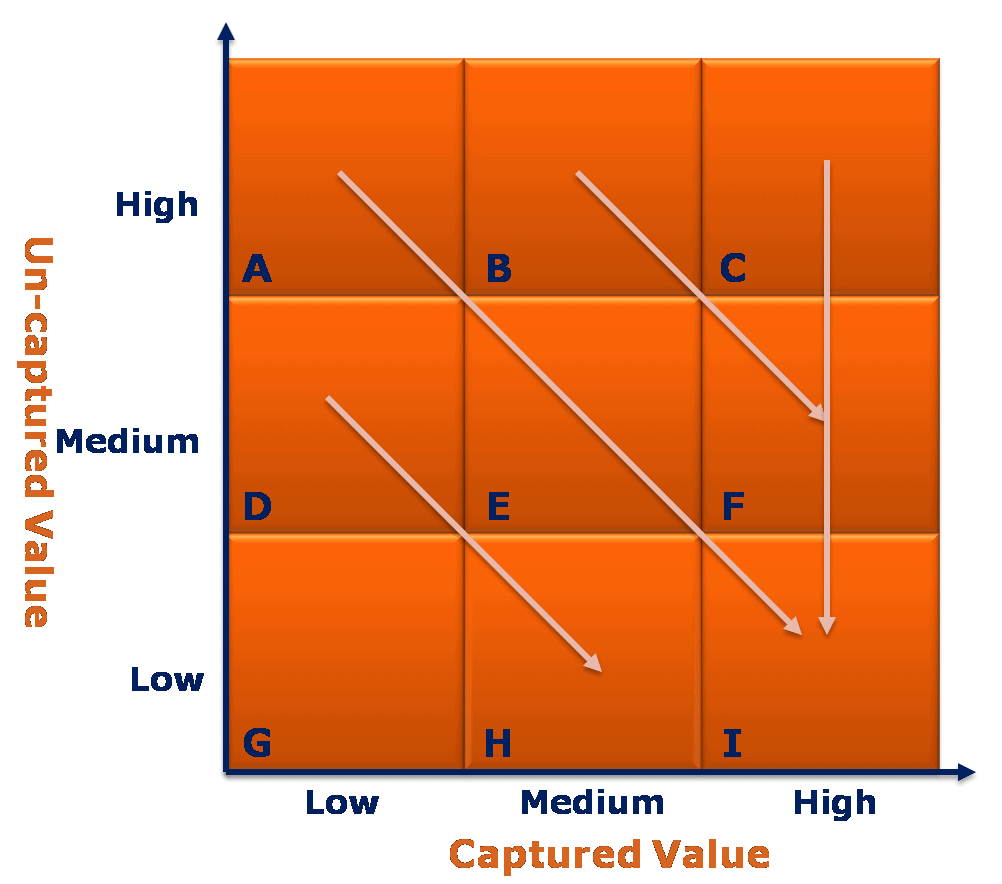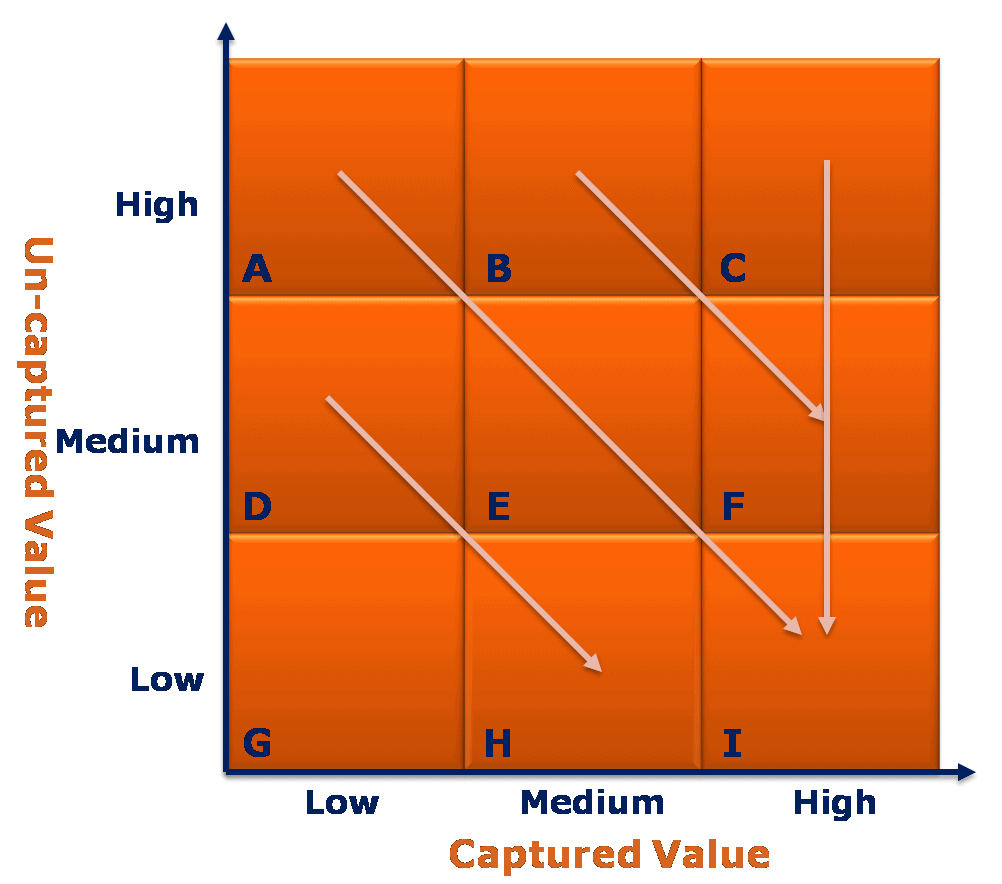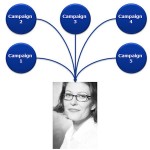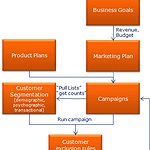This recent blog article really struck a chord with me: Why Doesn’t My Market Segmentation Work?
The author makes some good points. I agree completely with them and want to go one step further.
I believe that customer segmentation often “does work” in that the answers you receive are completely, technically, correct. But in practice, it doesn’t work because while it is correct, there is often no way for the business to use the information generated.
Recently, we started working with a major financial services firm who had just completed a six month multi-hundred thousand dollar segmentation exercise. At the completion of the segmentation project the organization had a set of statistically perfect groups of customers. The groups were inventively and aptly named, full sample profiles of each group were generated, and beautiful charts were created that showed the different groups.
The organization had successfully segmented all of their customers into groups of like customer attributes. The problem was that the marketing group had no way of using this information to improve customer retention, cross-sell and overall customer lifetime value.
They knew which customer was similar to which other customer but they weren’t able to determine a customer strategy from this information.
What they had discovered is that all the segmentation in the world is of no use to you if you don’t have a customer strategy that lets you know what action to take.
My preference is to approach the problem from the other direction. Determine a good customer strategy (by individual customer) and then use segmentation to help you deliver the message.
We use a customer value based customer strategy approach called cpMAP. Using this approach gives you a direct way to attribute a primary and secondary customer strategy to each individual customer. Perhaps the strategy is primary cross-sell and secondary retention or perhaps it is primary retention and secondary product migration.

Now that you know what to do with each customer you can use the segmentation to craft a treatment with the maximum impact.
For example, you’re primary strategy for this customer could be cross-sell of a credit card account. You then use your segmentation to influence the creative, channel and timing to maximize cut through. One customer may receive an outbound email with one creative followed up by an SMS, another may receive a different creative via the mail followed by a telephone contact.
With this approach you have a customer plan and you use the segmentation to maximize the effectiveness of that plan. The segmentation is NOT the plan.
I've created an Excel Customer Lifetime Value Calculator: Download Here




